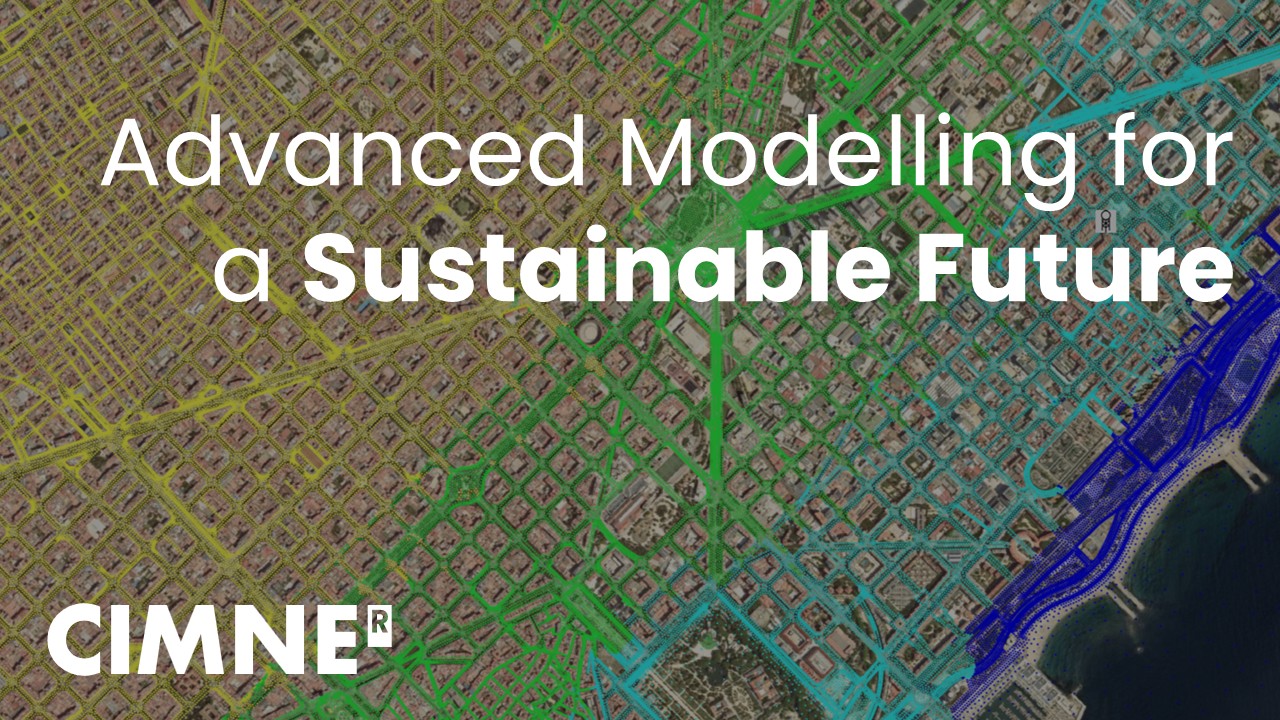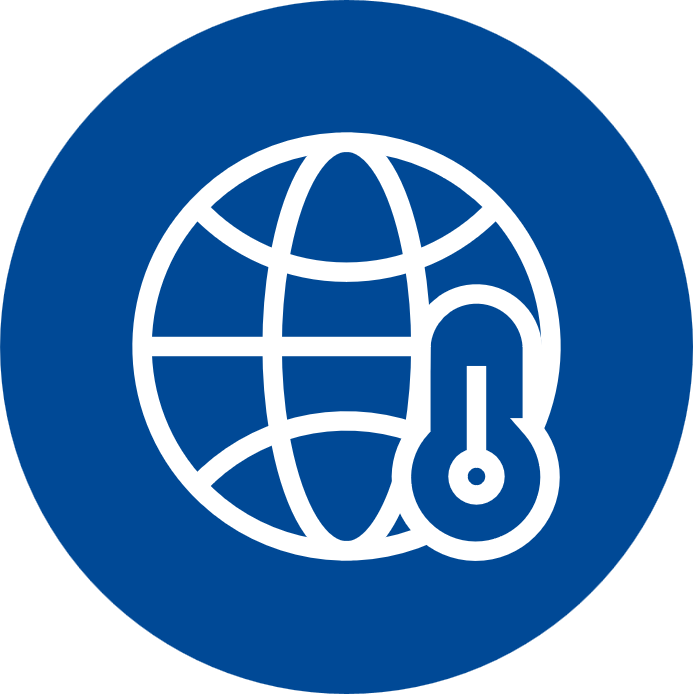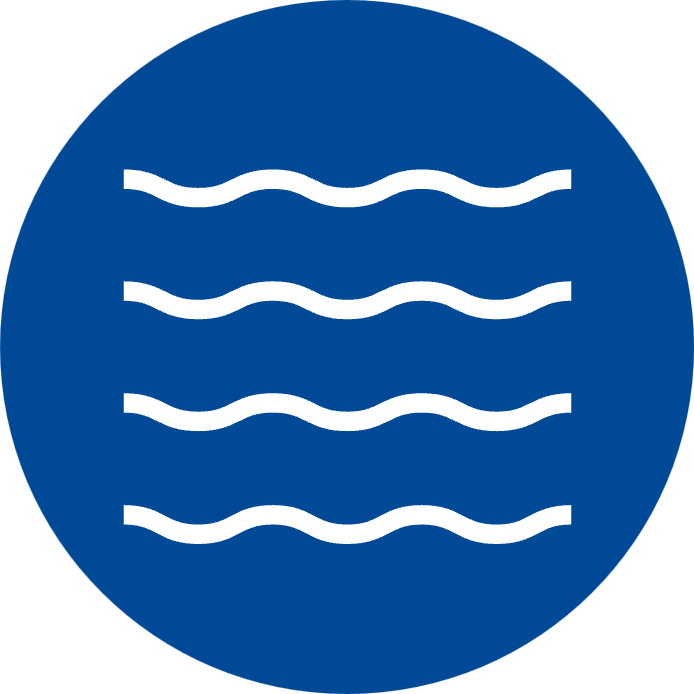
Overview
CIMNE experts deliver cutting-edge capabilities in Digital Twins and Complex Modelling technologies. By using sophisticated computational frameworks and machine learning approaches, we develop predictive and management tools that harness the power of aggregated data to tackle pressing environmental and societal challenges.
Our comprehensive modelling solutions combine high-fidelity physics-based simulations with data-driven analytics to create digital replicas of complex systems. These tools enable decision-makers at local, regional, and international levels to better understand climate risks, optimize resource management, and design resilient infrastructure for a changing world.
By integrating diverse data sources—from satellite observations to real-time monitoring networks—CIMNE’s platforms provide unprecedented insights into environmental processes, energy systems, urban dynamics, and coastal evolution. This holistic approach transforms raw data into actionable knowledge, empowering policymakers and communities to make evidence-based decisions that protect both ecosystems and human welfare.
Technology Stack and Infrastructure
CIMNE’s advanced modelling capabilities are built on a sophisticated integration of complementary technologies and platforms:

Open-Source Computing Framework
Kratos Multiphysics provides the computational foundation for complex simulations, offering modularity, extensibility, and scalability for parallel processing across HPC clusters and cloud infrastructure.

Advanced Data Intergation
Systems for harmonizing heterogeneous data sources, federated databases, and real-time monitoring networks into unified analytical frameworks that power digital twins and predictive models.

Machine Learning and Analytics
Integration of state-of-the-art ML algorithms with physics-based models, enabling hybrid approaches that combine scientific rigor with data-driven pattern recognition and optimization.

Cloud & High-Performance Computing
Kratos Multiphysics provides the computational foundation for complex simulations, offering modularity, extensibility, and scalability for parallel processing across HPC clusters and cloud infrastructure.
PIKSEL: Portal for Sustainable Ecosystem Management
PIKSEL is a comprehensive management and predictive platform developed by CIMNE in collaboration with the Government of Catalonia. It integrates advanced computational models with real-world environmental, economic, and social data to generate evidence-based knowledge for designing sustainable territorial policies.
PIKSEL serves as a flexible tool that connects public concerns with data-based scientific evidence and hard data, offering a reliable tool to reduce the vulnerability of extreme climatic events.
The platform addresses six interconnected challenges through specialized computational models, including coastal evolution prediction, energy efficiency optimization, air quality assessment, biodiversity conservation, and climate adaptation strategies. PIKSEL is designed as a holistic initiative capable of addressing diverse environmental, technological, and societal challenges while generating new policies for sustainable territorial dynamics.
In action: real-world demonstrators
PIKSEL capabilities have been tested in several real-world scenarios with real data and insights:
Our Partners
PIKSEL represents a collaborative initiative between the Government of Catalonia, CIMNE, and the Technical University of Catalonia-BarcelonaTech (UPC). It is an open solution, allowing for synergies with other public and private partners.
Destination Earth: A Digital Twin for our Planet
CIMNE is a strategic partner in Destination Earth (DestinE), an ambitious European Commission program to develop a high-fidelity digital model of Earth. This initiative combines real-time observations with comprehensive historical data pools to create sophisticated digital replicas of complex Earth systems, with particular focus on extreme weather events and climate change impacts.
Through DestinE, CIMNE contributes advanced computational models and use cases demonstrating how digital twins can support Europe’s green transformation and climate adaptation strategies.
Use cases: Addressing Real Global Challenges
Dust in Barcelona: Urban Air Quality Monitoring
- Objective: Developing a comprehensive modelling framework for monitoring air pollutants (PM2.5, PM10, dust, aerosols) in large urban areas and producing high-resolution short-term forecasts.
- Technology: Experts used advanced computational models integrating wind flow simulations with particulate transport equations using CIMNE’s Kratos Multiphysics framework. The model analyses pollutant movement at street level across Barcelona’s complex urban geometry.
- Impact: This solution enables policymakers to forecast pollution events 72 hours in advance, evaluate mitigation strategies through digital simulation, and implement targeted interventions that protect public health. Expected long-term outcome: notable reduction in premature deaths and respiratory diseases.
Energy in Catalonia: Predictive Electricity Demand
- Objective: Predicting electricity demand at high spatial and temporal resolution to support resilient and sustainable energy networks facing climate-induced extreme weather.
- Technology: Researchers used Machine Learning models (XGBoost) trained on diverse datasets including historical consumption data, weather predictions, socioeconomic indicators, and renewable generation capacity. The model integrates Climate and Extreme Weather Digital Twin predictions.
- Impact: The resulting tool facilitates accurate matching of electricity supply and demand across a region transitioning to distributed renewable generation. It enables utility administrators to manage peak demand periods efficiently and plan for “what if” scenarios, supporting the transition to sustainable energy systems.
DestinE Platform Features
The Destination Earth platform provides access to a centralized Data Lake, hosting federated data from satellite observations, weather models, and environmental monitoring networks. CIMNE’s contributions include:
-
- Advanced computational modelling capabilities through Kratos Multiphysics
- Visualization and analysis tools via the GiD simulation platform
- Integration of multi-source environmental data for decision support
- Predictive analytics and machine learning applications
- High-performance computing infrastructure for large-scale simulations
Applications and Societal Benefits

Climate Resilience
Enables communities and nations to assess climate risks, plan adaptation strategies, and build resilient infrastructure through detailed climate impact modeling and scenario analysis.

Biodiversity Conservation
Models beach erosion, storm surge impact, and sea-level change to inform coastal management strategies that protect communities and ecosystems from increasing marine hazards.

Public Health Protection
Predicts and monitors environmental hazards like air pollution, enabling proactive health interventions and policy measures that protect vulnerable populations from health risks.

Evidence-Based Policy
Provides scientific evidence for designing effective public policies addressing environmental, social, and economic challenges through integrated computational analysis and scenario exploration.

Sustainable Energy Transition
Optimizes renewable energy integration and demand management through predictive analytics, supporting the transition to clean, decentralized energy systems resilient to climate extremes.

Economic Efficiency
Optimizes resource allocation and infrastructure investment through predictive modeling, reducing costs while maximizing environmental and social benefits at regional scales.

Coastal Protection
Models beach erosion, storm surge impact, and sea-level change to inform coastal management strategies that protect communities and ecosystems from increasing marine hazards.

Collaborative Decision-Making
Integrates knowledge from research, government, and industry into shared digital platforms, facilitating transparent, scientifically-grounded collaborative territorial governance.
Learn More
PIKSEL Project
Destination Earth Initiative
Core Technologies
Contact Us
CIMNE’s advanced modelling solutions can be adapted to address your specific regional, national, or organizational challenges. From coastal resilience to energy transition, air quality to climate adaptation, we partner with decision-makers to create evidence-based solutions.





